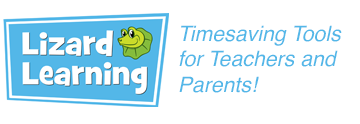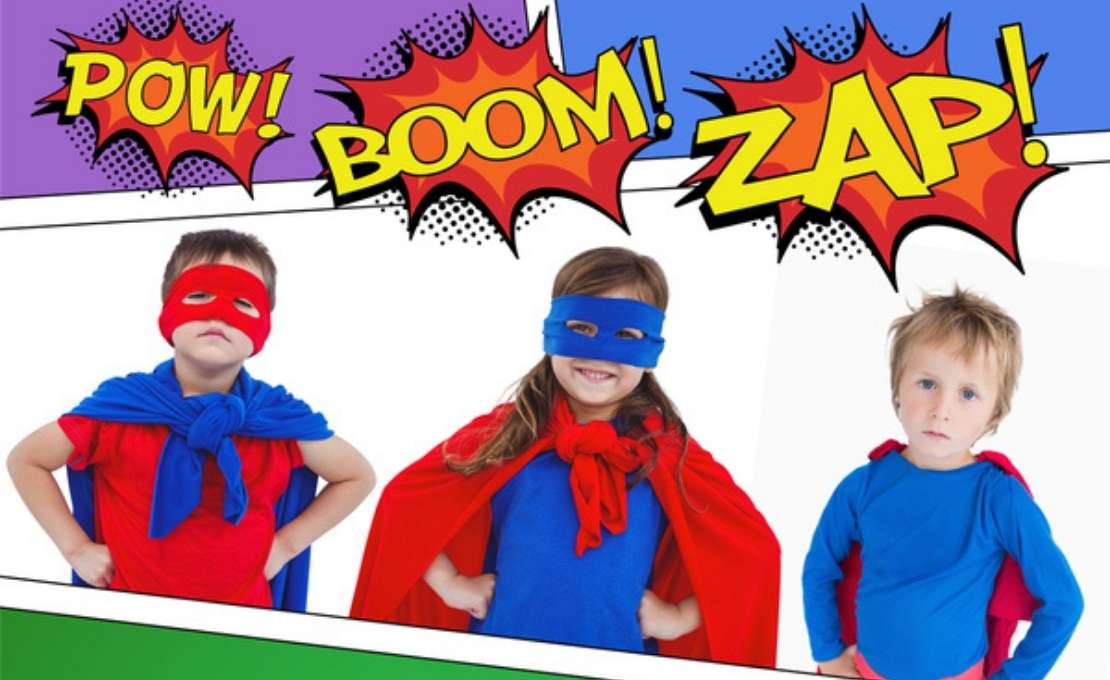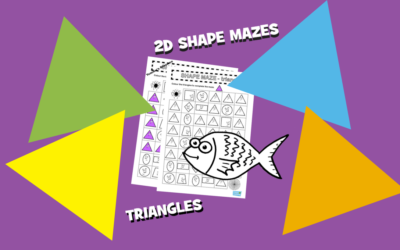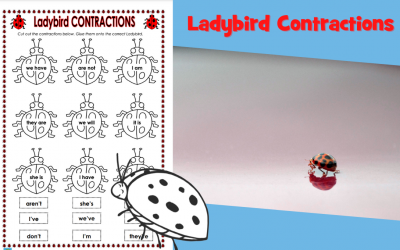To help you out we’ve broken down the story writing process into its major parts with some suggestions to help get your kids writing.
Generate Ideas
Before we even get into the actual story writing, we have to come up with some ideas. One of the best ways to help kids develop ideas for their own stories is to read to them. Reading and discussing elements of stories the children are familiar with is a great way to introduce them to how stories are put together. Even older students who are more familiar with story writing can benefit from taking their favourite stories apart to figure out what makes them tick.
Help students decide on a character and a setting to provide a great starting place for generating ideas. It can be fun to provide your class with a character and a setting and see where everyone’s creativity takes them.
Now it’s time to brainstorm! This can be done individually or as a class. Encourage children to come up with more ideas than they will use. This challenges them to really think about their story and generate creative ideas. If students are struggling, get them to write down multiple answers to the questions: Who? What? When? And Where? Another way to help focus their brainstorming is to ask them to decide on the genre they want to write in and develop the elements their story will need to belong to that genre.
For younger children, or those who might get overwhelmed by the endless possibilities it can be more productive to start with a prompt. Here are some ways to get the writing process starting:
- Talk about memorable events in their life
- Suggest three unrelated things and ask students to write a story that includes all of them
- Provide students with the first sentence of a story and ask them to go from there, e.g. ‘Once there was a bear who lived in a forest.’
The last writing prompt is used widely within our signature program – 10 Quick Questions a Day. Children should be practising their story writing and/or narrative skills consistently to increase their skills in the writing process.
Come Up With a Plan
Teaching children how to create a plan for their story before they start writing can help them build confidence and overcome the difficulties they have with the story writing process. This can be beneficial for students of all ages. Encouraging students to plan before they write will stop them from getting stuck in the middle of writing their story. If older students don’t like the rigidity of planning a story out before they write it, they could create a plan that is more like a ‘choose your own adventure book’ with different stories branching off from different decisions. For younger or more visual students, creating a storyboard or a comic strip style plan with images representing the major beats of the story can be a fantastic aid to help them organise their thoughts.
Story Structure
Most stories stick to a basic story structure. There is always room for creativity, but the basic structure generally looks something like this:
Beginning – Set the scene. Introduce significant characters and establish the story’s setting.
Middle – Conflict/Problem:
Something happens that interrupts the main character’s life or prevents them from getting something they want.
Ask your students to come up with a solution at the same time as they come up with the problem. This will help direct the rest of the story and prevent abrupt endings.
For more complex stories the middle is also the point where twists and turning points are added to the story.
Resolution – How does the main character solve their problem?
End – What happened after the resolution? Did they live happily ever after? Was there a moral to the story?
Write!
This step is pretty self-explanatory. In primary school, it is more important to get kids writing than to get them following the rules so encourage imaginations to run wild. Enjoy the results of creative little minds gently pointed in the right direction then let them loose.





0 Comments